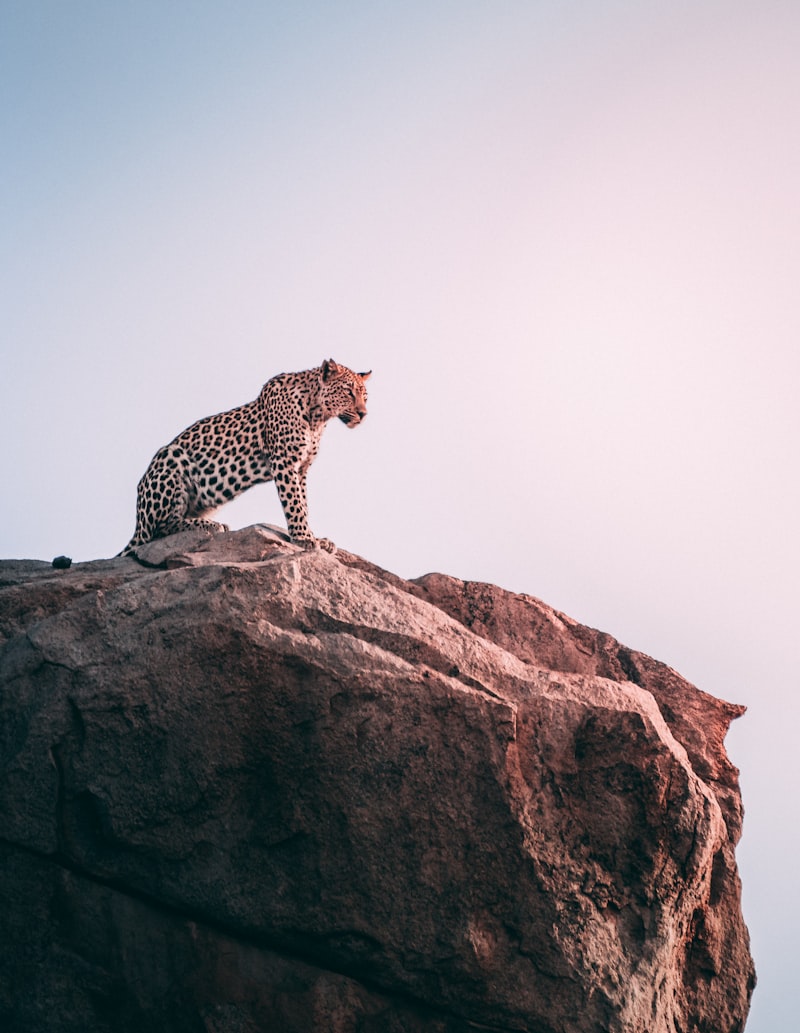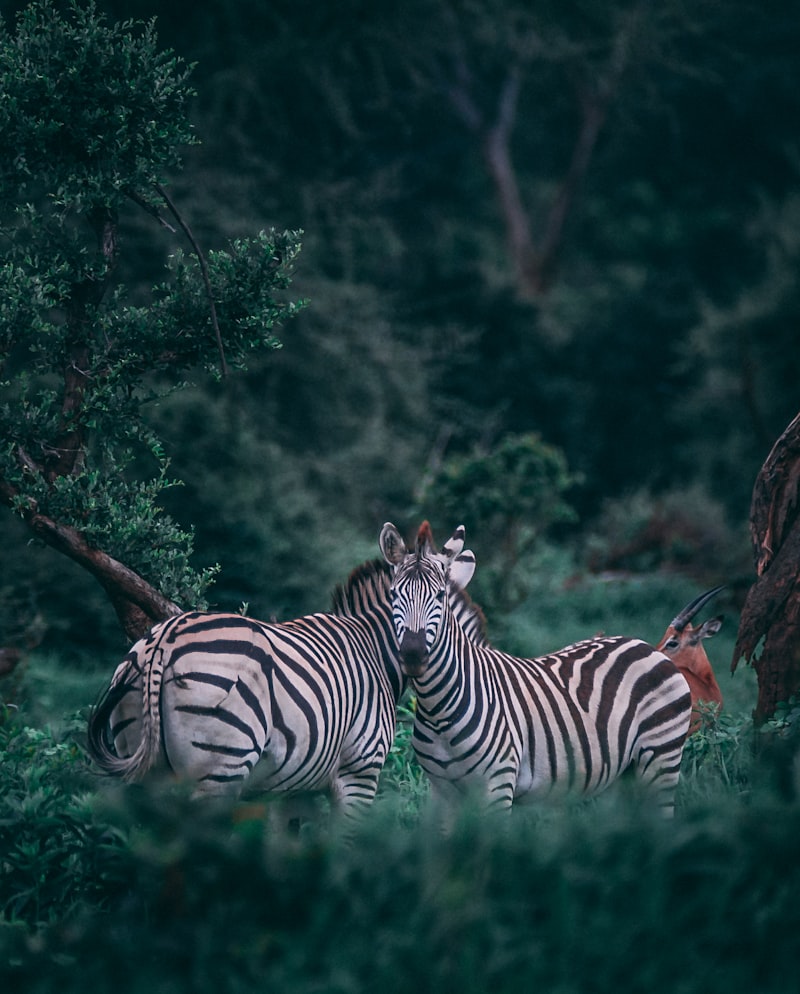Ever wondered what happens to injured or orphaned wild animals? Welcome to the world of wildlife rehabilitation, where every day brings new challenges and heartwarming successes. Imagine a place where caring hands nurse fragile creatures back to health, preparing them for a second chance in the wild. It’s not just a job; it’s a calling for those passionate about conservation and animal welfare.
In the realm of wildlife rehabilitation, each patient has a unique story. From tiny songbirds fallen from nests to majestic birds of prey injured by human activity, every animal requires specialized care. Rehabilitators work tirelessly, often around the clock, providing medical treatment, proper nutrition, and safe shelter. It’s a delicate balance of science and compassion.
Take a moment to envision the journey of a young fox rescued after a forest fire. Burned and scared, the animal arrives at a rehabilitation center where experts tend to its wounds and soothe its fears. Day by day, the fox grows stronger, its instincts rekindled through enrichment activities designed to mimic natural behaviors. This transformation isn’t just about physical recovery; it’s about restoring hope and readiness for the wild.
But wildlife rehabilitation isn’t without its challenges. Rehabilitators must navigate legal regulations, fundraising efforts, and public education while managing the day-to-day demands of animal care. It’s a multifaceted endeavor that requires teamwork and community support to thrive.
Imagine the joy of releasing a rehabilitated animal back into its natural habitat. It’s a moment of triumph and validation for everyone involved—a testament to human dedication and the resilience of wildlife. As you reflect on these adventures in wildlife rehabilitation, consider the impact of each small act of kindness on the larger tapestry of conservation.
Inside the Wild: Tales of Wildlife Rehabilitation Heroes
Imagine this: deep in the heart of a sprawling forest, a wounded eagle lies helpless. Who comes to its rescue? Enter the wildlife rehabilitation heroes. They are the ones who respond to distress calls, rescue injured animals, and provide them with the care they need to survive and thrive once more.
These heroes aren’t just rescuers; they’re nurturers, healers, and educators. They nurse broken wings, mend torn fur, and patiently teach orphaned animals survival skills they need in their natural habitats. It’s not just about physical healing; it’s about restoring dignity and freedom to creatures that cannot speak for themselves.
Every day in their lives is an adventure. From bottle-feeding abandoned bear cubs to releasing rehabilitated owls back into the night sky, their days are filled with challenges and triumphs. Each success story is a testament to their dedication and love for wildlife.
But it’s not all glamour and glory. Wildlife rehabilitation demands grit and resilience. It requires sleepless nights nursing sick foxes back to health and long days of training rescued raccoons to forage for food independently. Yet, these heroes wouldn’t trade it for anything because every life saved is a victory worth celebrating.
Their work is a blend of science and empathy. They collaborate with veterinarians, biologists, and volunteers to ensure that every animal receives the best possible care. It’s a labor of love driven by a shared passion for preserving biodiversity and protecting our natural world.
Next time you see a soaring hawk or hear the rustle of leaves as a deer darts away, remember that somewhere out there is a wildlife rehabilitation hero working tirelessly to keep our ecosystems intact and our wildlife thriving. Theirs is a story of hope, compassion, and the unwavering belief that every creature deserves a chance to live free.
From Rescue to Release: The Journey of Wildlife Rehabilitators
Ever wondered about the remarkable journey of wildlife rehabilitators? These unsung heroes play a crucial role in saving and rehabilitating injured or orphaned wildlife, ensuring they can return to their natural habitats. It’s a labor of love that requires immense dedication and expertise.
Wildlife rehabilitators step in when animals are in distress, often rescuing them from dangerous situations. Whether it’s a bird with a broken wing or a young mammal abandoned by its mother, these professionals provide critical care, nursing them back to health. They work tirelessly to stabilize injuries, administer medication, and provide specialized diets to ensure the animals recover as swiftly as possible.

Once the animals are on the path to recovery, the focus shifts to rehabilitation. Rehabilitators create environments that mimic natural habitats, helping animals regain their natural instincts. This phase is crucial as it prepares them for life in the wild again. From building strength through exercise to teaching hunting skills, every step is aimed at ensuring the animals can survive independently.
The release phase is often the most rewarding and challenging part of the journey. Rehabilitators meticulously assess when an animal is ready for release, considering factors like health, behavior, and the suitability of the release site. Whether it’s a remote forest or a protected wetland, choosing the right location is vital for the animal’s chances of thriving.
For wildlife rehabilitators, each release is a moment of triumph and hope. It signifies the culmination of their efforts, knowing they’ve given a second chance to a creature in need. It’s a reminder of the resilience of wildlife and the impact that compassionate care can have on individual lives and entire ecosystems.
In essence, the journey of wildlife rehabilitators embodies compassion, dedication, and the unwavering commitment to protecting and preserving our natural world. It’s a testament to the power of human kindness and the remarkable ability of animals to overcome adversity when given the chance.
Saving Lives: The Secret World of Wildlife Rehabilitation
Wildlife rehabilitation isn’t just about healing wounds and providing temporary shelter. It’s a labor of love that requires expertise in animal behavior, veterinary care, and environmental stewardship. Rehabilitators, often volunteers with a passion for wildlife, undergo rigorous training to understand the needs of each species they care for. They administer medications, perform surgeries, and create specialized diets to ensure each patient receives the best possible care.
The journey of a wildlife patient is akin to a heroic saga. Take, for instance, a young owl that has fallen from its nest. Injured and unable to fly, its future seems bleak. Yet, thanks to the intervention of a wildlife rehabilitator, the owl is given a second chance. It receives treatment for its injuries, learns to hunt and fly in a controlled environment, and eventually, when deemed ready, is released back into the wild where it belongs. It’s a triumphant tale of resilience and human compassion.
But the work of wildlife rehabilitators goes beyond individual animals. It contributes to the conservation of entire species and ecosystems. By releasing rehabilitated animals back into their natural habitats, these centers help maintain biodiversity and restore balance to fragile ecosystems. Each successful release is a victory for conservation efforts worldwide.
As you read these words, somewhere out there, a team of dedicated individuals is working tirelessly to save lives and ensure a future where humans and wildlife can thrive together. Next time you hear about a wildlife rehabilitation center or encounter a wild animal in need, remember the unsung heroes who quietly dedicate their lives to saving ours.
Heartwarming Stories from Wildlife Rehab Centers Around the Globe
Ever wondered about the heartwarming stories unfolding behind the doors of wildlife rehab centers worldwide? These sanctuaries serve as beacons of hope for injured and orphaned animals, offering them a second chance at life. From the bustling cities of North America to the vast plains of Africa, each center has its own tale to tell, filled with resilience, compassion, and the remarkable bond between humans and wildlife.

In the heart of Australia, a kangaroo joey named Joey stole the hearts of staff and visitors alike at a local wildlife rehab center. Found abandoned in the Outback, Joey arrived weak and malnourished. With round-the-clock care and nourishing milk supplements, Joey gradually regained strength. His playful antics and curious nature brought smiles to everyone’s faces, becoming a symbol of hope for wildlife conservation efforts in the region.
Traveling across continents to Africa, the story of Nala, a lioness cub, captivates those who hear it. Rescued from a poacher’s trap by dedicated rangers, Nala was brought to a wildlife rehab center nestled on the Serengeti plains. Severely injured but resilient, she underwent intensive medical treatment and rehabilitation. As she regained her health, Nala became a symbol of survival against all odds, embodying the spirit of the African wilderness.
Closer to home, in the forests of North America, a bald eagle named Freedom soared into the hearts of many. Found with a wing injury that prevented flight, Freedom faced an uncertain future. Thanks to the expertise of wildlife rehabilitators, Freedom underwent delicate surgery and months of rehabilitation. The day he took flight again was celebrated not just at the center, but across social media, inspiring countless to support conservation efforts for these majestic birds.
These stories from wildlife rehab centers remind us of the incredible resilience of animals and the unwavering dedication of those who care for them. They serve as reminders of the impact of human actions on wildlife and the importance of conservation efforts globally. As we continue to navigate a changing world, these centers stand as pillars of hope and compassion, ensuring that every creature, big or small, has a chance to thrive in their natural habitat.
Behind the Scenes: A Day in the Life of a Wildlife Rehabilitator
Imagine waking up at the crack of dawn, knowing that your day will be filled with surprises and challenges. Wildlife rehabilitators start their day early, checking on their charges—wild animals in need of care and rehabilitation. Each day brings new patients, from orphaned baby birds to injured foxes rescued from urban areas.
One of the core tasks of a wildlife rehabilitator is to assess the condition of incoming animals. This involves careful observation and sometimes, delicate handling to avoid further stress or injury. Picture carefully wrapping a broken wing or soothing a frightened fawn—it’s all in a day’s work for these dedicated professionals.
Nutrition plays a crucial role in rehabilitation. Wildlife rehabilitators meticulously prepare diets tailored to the specific needs of each animal. From calculating protein ratios for raptors to ensuring a balanced diet for herbivores, every meal is crafted with the goal of restoring health and strength.
Education is another vital aspect of a wildlife rehabilitator’s role. They often work closely with the public, explaining the importance of wildlife conservation and sharing insights into the lives of the animals they care for. It’s about fostering understanding and respect for wildlife among people of all ages.
Behind the scenes, there’s a lot of cleaning and maintenance involved. Enclosures need regular cleaning to prevent the spread of disease and ensure a hygienic environment for the animals. It’s not glamorous work, but it’s essential for the well-being of their patients.
At the end of a long day, a wildlife rehabilitator might reflect on the animals they’ve helped and those still on the road to recovery. It’s a job that requires not only technical skill but also empathy and resilience. Each success story—whether it’s releasing a rehabilitated owl back into the wild or seeing a once-injured fox thrive—makes it all worthwhile.
Being a wildlife rehabilitator isn’t just about saving individual animals; it’s about contributing to the broader effort of conserving wildlife for future generations. It’s about making a difference, one animal at a time.
Frequently Asked Questions
How can I become a wildlife rehabilitator?
Learn how to become a wildlife rehabilitator by gaining relevant education in biology or a related field. Acquire hands-on experience through internships or volunteer work at wildlife centers. Obtain necessary permits and licenses required in your region. Build a network with professionals in the field for guidance and opportunities.
What should I do if I find injured or orphaned wildlife?
Learn what steps to take if you encounter injured or orphaned wildlife, including how to safely approach, provide temporary care, and contact local wildlife rehabilitators or authorities for professional assistance.
What are the key steps involved in rehabilitating wildlife?
Learn about the essential steps in rehabilitating wildlife, including initial assessment, medical treatment, rehabilitation in a controlled environment, fostering natural behaviors, and eventual release back into the wild. Each step is crucial to ensure the animal’s health and successful reintegration into its natural habitat.
What is wildlife rehabilitation, and why is it important?
Wildlife rehabilitation is the process of caring for injured, sick, or orphaned wild animals with the goal of returning them to their natural habitats. It is crucial because it helps conserve biodiversity by giving animals a second chance at survival, contributes to ecosystem health, and promotes public awareness about wildlife conservation.
How can I volunteer or get involved in wildlife rehabilitation?
Learn how to volunteer or get involved in wildlife rehabilitation by contacting local wildlife rehabilitation centers or organizations. They often offer training programs and volunteer opportunities to help injured or orphaned animals. You can also support wildlife rehabilitation efforts by donating supplies or funds to these organizations.



